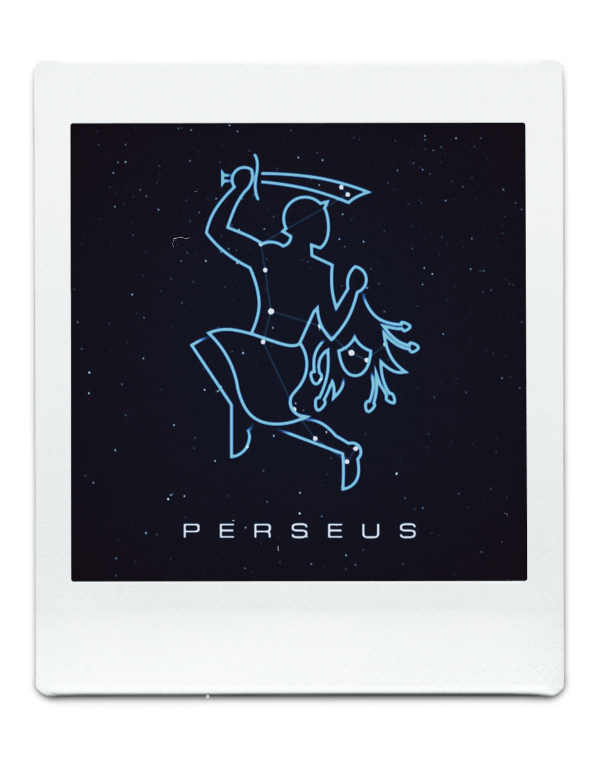I listen and play a lot of Soon Hee Newbold. For those who are new. I mentioned her a lot in numerous blogs before. To include: Arabian Dreams, Orion and the Scorpion, Elementa, Warrior Legacy, etc. I love that she also gives the section of the orchestra a chance at the melody. For example, some might see that the first violin section gets it. In Newbold’s case, she acknowledges that the violas, the cellos, and every part of the string orchestra are an opportunity to get recognized.
Another song that I tried on both Violin and Viola but failed at is Perseus. The piece’s written in 6/8 time (there are six beats, and the eighth note gets the beat). The catch is that there are sixteenth notes in 6/8, and hard to keep up. Yes, it’s steady, but using your wrist is a challenge for shoulder players alone. There is a lot of shifting in this piece, and it’s hard to keep a note in fifth position (Violin I) to be in tune. Listening to Perseus is captivating, but playing it, no thanks!!
Please listen to Perseus while reading About the Music.
About the Music:
A legendary figure in Greek mythology, Perseus is best known for slaying the hideous snake-haired Gorgon Medusa, whose looks turned everyone to stone. Being a son of Zeus, he received help from Athena, and from gifts that aided him in completing his quest, which included a shield, a cap that made him invisible, winged sandals, a sickle, and a satchel to carry Medusa’s head. On his journey home, Perseus rescued the princess Andromeda, who became his wife, from a sea monster. They were later set in the sky by the gods as immortal constellations. While there are differing details in several versions of the Perseus story, the main events remain consistent. Some believe that Perseus founded Mycenae where he was king. His fictitious descendants include the famous Hercules and emperors of Persia. The northern constellation Perseus contains the famous star Algol, imagined to be the eye of Medusa.

